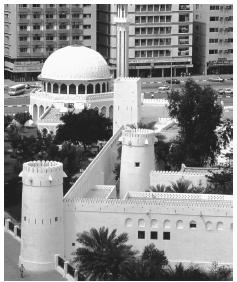Classes and Castes. Emirati society is divided into two social categories: the nationals ( Al-Muwateneen ) and the foreign immigrants, referred to as the incomers ( Al-Wafedeen ). Citizens are subdivided into four main social classes: (1) the ruling sheikhly families, whose members hold the highest political positions and power and have immense wealth and prestige, (2) the merchant class, known as al-tujjar , traditionally pearling merchants who now sell international consumer goods, (3) the new middle class, represented by increasing numbers of professionals who have benefitted from free state education, and (4) the low-income groups, represented by newly settled Bedouin nomads and former pearl divers and oasis farmers.
Among the immigrants there are hierarchical groups that receive different economic and social rewards: (1) top professionals and technocrats with international contracts, who earn high salaries and other benefits, (2) middle-range professionals such as school teachers, skilled technicians, and company salesmen, and (3) low-paid semi-skilled and unskilled workers, primarily Asian. In general, nationals are a privileged minority, and benefit from state laws and business regulations.
Click here Read more interesting case study based article on each TLS sub topic in my second website
Symbols of Social Stratification. The symbol of a male national as a distinct social category is seen most visibly in the traditional dress of a white robe ( kandoura ) and white head cloth ( ghutrah ) with a black rope ( aqal ). Men grow short beards and mustaches.

Women wear long dresses with a head cover ( hijab ) and black cloak ( abayah ).
